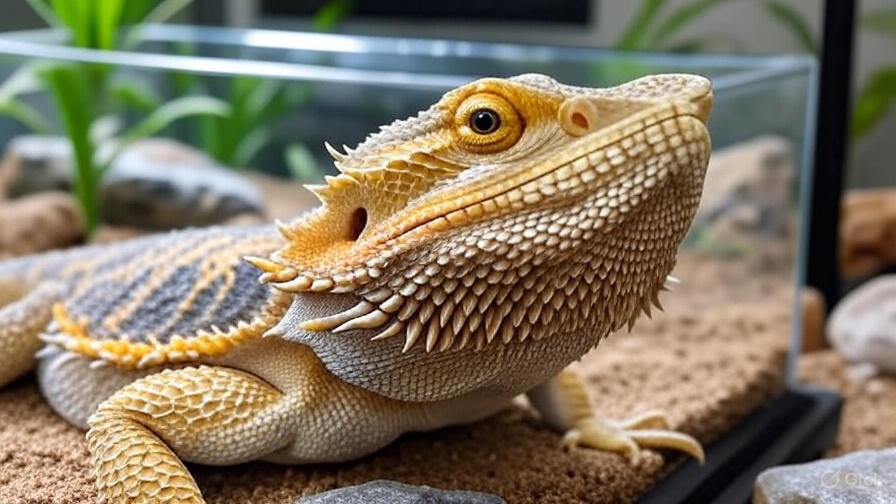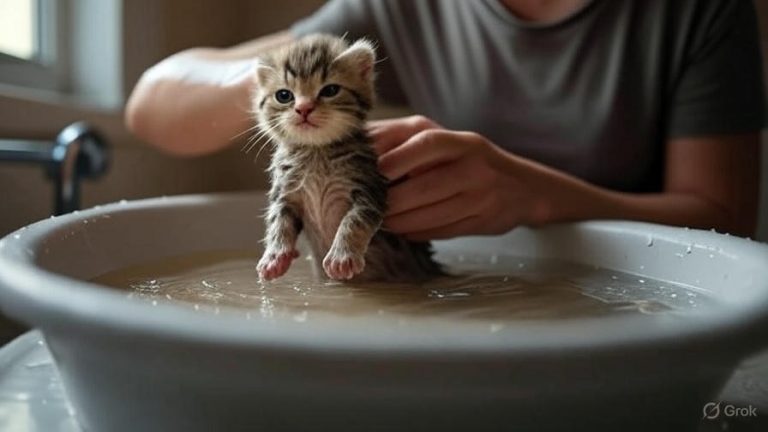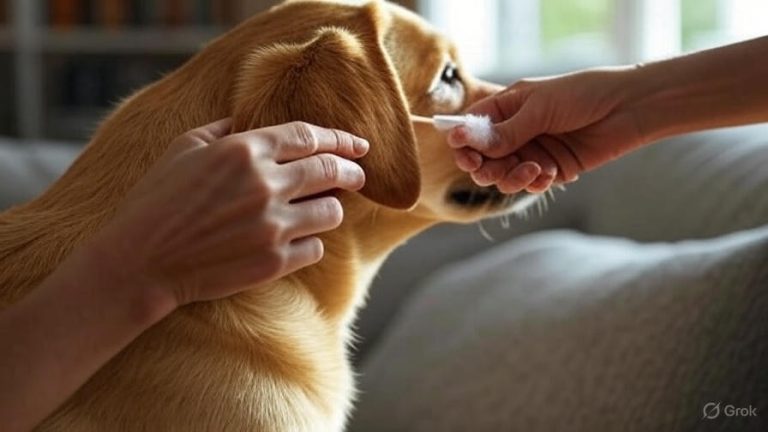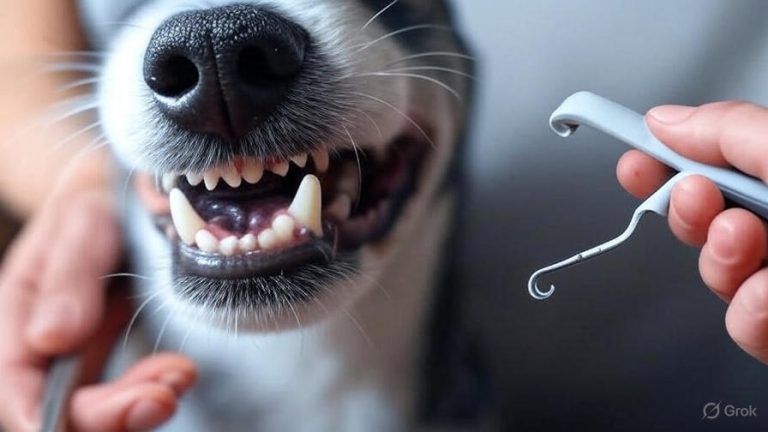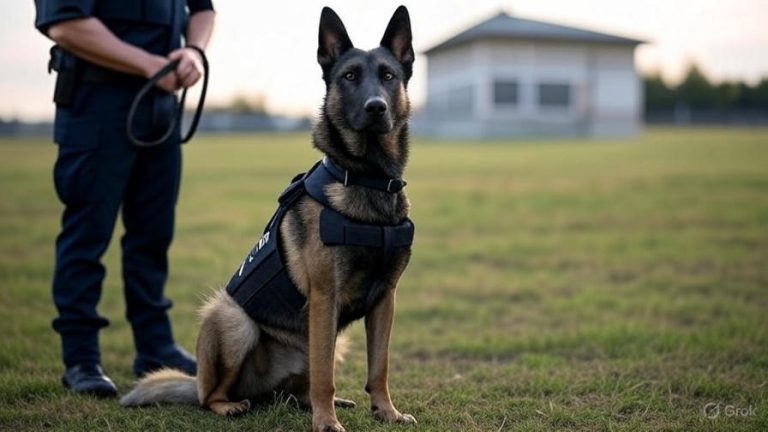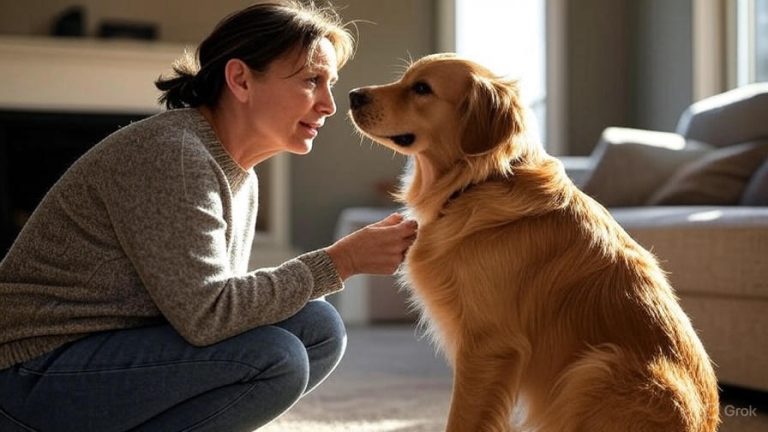How Big a Tank Does a Bearded Dragon Need
Bearded dragons capture hearts with their docile nature and fascinating behaviors. These Australian natives have become one of the most popular reptile pets worldwide. However, many new owners struggle with one crucial question: how big should their bearded dragon’s tank be?
The answer depends on several factors including age, size, and activity level. A proper enclosure directly impacts your dragon’s health, happiness, and lifespan. This comprehensive guide will walk you through everything you need to know about bearded dragon tank sizes.
Minimum Tank Size Requirements by Age
Baby bearded dragons start small but grow rapidly during their first year. A 20-gallon tank works for hatchlings under 10 inches long. This size provides enough space for movement while making it easier to monitor feeding and health.
Juvenile bearded dragons between 10-16 inches need at least a 40-gallon tank. At this stage, they become more active and require additional space to explore and exercise. The increased tank size also accommodates larger heating and lighting equipment.
Adult bearded dragons reach 18-24 inches in length and demand significantly more space. The absolute minimum tank size for an adult bearded dragon is 75 gallons. However, reptile experts recommend 120 gallons or larger for optimal health and wellbeing.
Why Tank Size Matters So Much
Bearded dragons are naturally active reptiles that cover considerable ground in the wild. In their native Australian habitat, they climb trees, bask on rocks, and explore territories spanning several acres. A cramped enclosure restricts natural behaviors and can lead to serious health problems.
Inadequate space causes stress in bearded dragons. Stressed reptiles often develop behavioral issues like glass surfing, where they frantically scratch at tank walls. They may also become lethargic, refuse food, or display aggressive behaviors.
Small tanks make it difficult to create proper temperature gradients. Bearded dragons need a basking spot around 95-110°F and a cool side around 75-85°F. Without sufficient space, these temperature zones overlap, preventing proper thermoregulation.
Poor ventilation in small tanks leads to humidity problems. Bearded dragons require low humidity levels between 30-40%. Cramped spaces trap moisture, creating breeding grounds for bacteria and fungi that cause respiratory infections.
Ideal Tank Dimensions and Layout
Tank dimensions matter more than just volume. A 75-gallon tank measuring 48″ x 18″ x 21″ provides better floor space than a tall, narrow tank of the same volume. Bearded dragons are terrestrial animals that need horizontal space more than vertical height.
Length is the most important dimension. Adult bearded dragons should be able to stretch out fully without touching both ends of the tank. A 4-foot long tank is the minimum recommendation, with 6-foot tanks being ideal for larger adults.
Width impacts the ability to create proper temperature gradients. Tanks should be at least 18 inches wide to accommodate heating elements on one side and cooler areas on the other. Wider tanks of 24 inches or more provide even better thermal regulation.
Height allows for climbing opportunities and proper lighting placement. A minimum height of 18 inches works for most setups. Taller tanks of 24 inches accommodate branches and elevated basking spots that encourage natural behaviors.
Tank Types and Materials
Glass tanks remain the most popular choice for bearded dragon enclosures. They provide excellent visibility, easy cleaning, and good insulation. Glass tanks also resist scratching and maintain their appearance over time.
Melamine enclosures offer superior insulation and customization options. These wooden tanks with waterproof interiors retain heat better than glass, reducing energy costs. Many reptile keepers prefer melamine for adult bearded dragons due to their larger size options.
PVC enclosures combine the benefits of both materials. They’re lightweight, easy to clean, and provide excellent insulation. PVC tanks often come with built-in features like sliding glass doors and ventilation systems.
Mesh or screen enclosures work well in warm climates but struggle in cooler environments. They provide excellent ventilation but make heating and humidity control challenging. These enclosures work best as temporary housing or in dedicated reptile rooms.
Creating the Perfect Environment
Proper heating requires careful planning in any tank size. Bearded dragons need a basking spot heated by a ceramic heat emitter or mercury vapor bulb. The basking area should occupy roughly one-third of the tank’s length.
UVB lighting is essential for calcium metabolism and overall health. A linear fluorescent UVB bulb should span two-thirds of the tank’s length. T5 HO bulbs work well in taller tanks, while T8 bulbs suit standard height enclosures.
Substrate choice affects both safety and maintenance. Tile, newspaper, and reptile carpet are safe options that won’t cause impaction. Sand and loose substrates pose risks, especially for younger dragons that may accidentally ingest them.
Hiding spots provide security and help reduce stress. Place at least one hide on the cool side of the tank and optionally one on the warm side. Commercial reptile hides or simple cardboard boxes work equally well.
Common Mistakes to Avoid
Many new owners underestimate how quickly bearded dragons grow. Buying a small tank “to start with” often leads to needing upgrades within months. Investing in an appropriately sized adult tank from the beginning saves money and reduces stress on your pet.
Overcrowding tanks with decorations reduces usable space. While enrichment is important, bearded dragons need open floor space for movement and exercise. Strike a balance between decoration and functionality.
Inadequate ventilation causes humidity and air quality problems. Tanks need proper air circulation to prevent stagnant conditions. Screen lids or ventilation panels help maintain healthy air flow.
Improper lighting placement in small tanks creates hot spots and cool areas in the wrong places. Ensure heating and lighting elements are positioned to create the correct temperature gradient across the tank’s length.
Upgrading Your Tank Setup
Signs that your bearded dragon needs a larger tank include constant glass surfing, inability to establish proper temperature gradients, and restricted movement. If your dragon can’t fully stretch out or seems cramped, it’s time for an upgrade.
Transitioning to a larger tank should be gradual. Set up the new enclosure with familiar decorations and substrate from the old tank. This helps reduce stress during the move and makes the new space feel more comfortable.
Budget considerations make large tanks a significant investment. Look for used tanks, build your own enclosure, or save up for a quality setup. Remember that a proper enclosure is a one-time investment that lasts for years.
Advanced Housing Options
Reptile rooms allow multiple tanks or extremely large enclosures. Converting a spare room or basement area provides unlimited space for elaborate setups. This option works well for serious reptile enthusiasts or breeders.
Outdoor enclosures work in suitable climates during warm months. A secure outdoor pen allows natural sunlight exposure and more space for exercise. Always supervise outdoor time and ensure the enclosure is predator-proof.
Custom-built enclosures offer unlimited size and feature options. Many reptile keepers build their own tanks using melamine, PVC, or glass. Custom builds can incorporate specific needs like drainage systems or automated controls.
Monitoring Your Dragon’s Health
Regular observation helps identify problems early. Watch for signs of stress like glass surfing, appetite changes, or unusual behavior. A properly sized tank should allow natural behaviors like basking, hiding, and exploring.
Weight monitoring provides objective health data. Healthy adult bearded dragons typically weigh 350-600 grams. Regular weighing helps detect health issues before they become serious problems.
Veterinary care becomes easier with proper housing. Healthy, unstressed bearded dragons in appropriate enclosures have fewer health problems and recover faster from illnesses. The investment in proper housing pays dividends in reduced veterinary costs.
Long-term Benefits of Proper Housing
Bearded dragons in appropriately sized tanks live longer, healthier lives. Proper housing reduces stress, prevents disease, and allows natural behaviors. Many well-housed bearded dragons live 10-15 years or more.
Behavioral enrichment becomes possible in larger tanks. Dragons can climb, explore, and exhibit natural behaviors that improve their quality of life. This makes them more interesting pets and better companions.
Maintenance becomes easier with proper spacing. Larger tanks dilute waste, making cleaning less frequent. They also provide better air circulation and temperature stability, reducing the need for constant adjustments.
Final Recommendations
The minimum tank size for an adult bearded dragon is 75 gallons, but bigger is always better. A 120-gallon tank or larger provides the space needed for optimal health and natural behaviors. Remember that tank dimensions matter more than just volume.
Invest in quality equipment from the start. A proper enclosure is a long-term investment that impacts your dragon’s entire life. Don’t compromise on size to save money – your bearded dragon’s health depends on adequate space.
Plan for growth when acquiring a young bearded dragon. They grow rapidly and will need adult-sized housing within their first year. Starting with an appropriately sized tank eliminates the need for costly upgrades later.
Consider your space and budget when planning an enclosure. While larger tanks are always better, choose the biggest size that fits your situation. A well-maintained 75-gallon tank is better than a neglected 120-gallon setup.
Your bearded dragon’s tank is their entire world. Making it as spacious and enriching as possible directly impacts their quality of life. With proper planning and investment, you can create an environment where your scaly friend will thrive for years to come.
The journey of bearded dragon ownership starts with providing adequate space. By following these guidelines and prioritizing your dragon’s housing needs, you’ll create a foundation for a long, healthy relationship with your reptilian companion. Remember that a properly sized tank isn’t just about meeting minimum requirements – it’s about giving your bearded dragon the space they need to live their best life.

